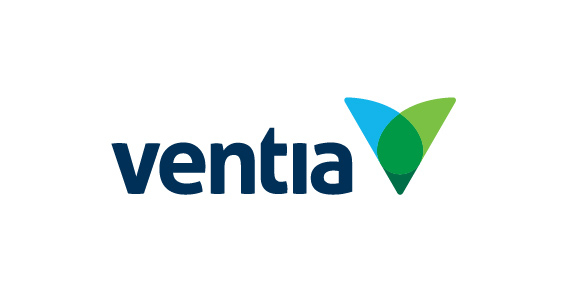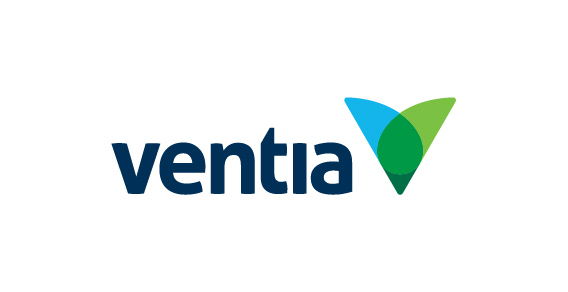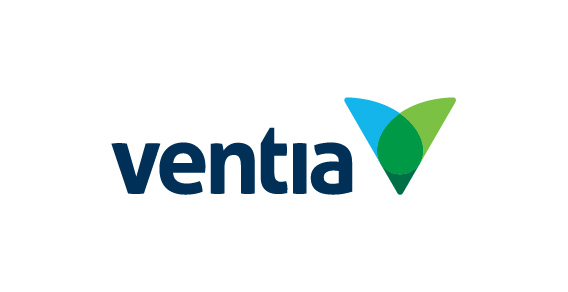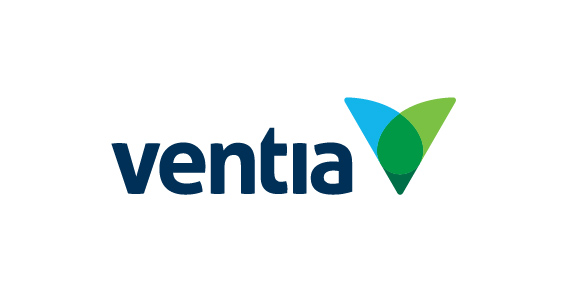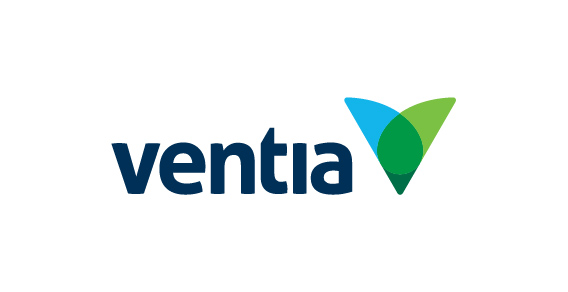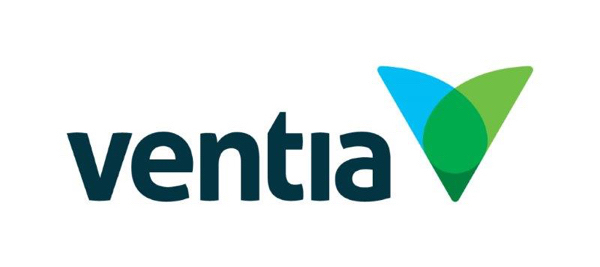Title Page
-
Conducted on
-
Prepared by
-
Project and work type
-
Location
General Safety
General Safety
-
Have all personnel completed a Pre-taskhazard assessments (eg STARTCARD / TAKE 5)? Including subcontractors.
-
Is there be a SHEWMS completed for the<br>task?
-
Have all relevant personnel signed on to the SHEWMS?
-
Is work being performed & controlsimplemented as per detailed in the SHEWMS
-
Is an Emergency Response Plan / process been required for the site?
-
Has an Emergency Response Plan / process been developed?
- Hand dig
- Vac truck
- Visual (Pits, trench etc)
- Electronic locator
- GPR
- Other
- N/A
-
Has an emergency muster point / assembly point been established?
-
Is emergency equipment readily available, in test date and fit for purpose?
-
What equipment is unavailable or out of date?
-
Have any follow up actions been identified to address any “At Risk” observations / behaviours?
-
What are the actions?
-
Were any of these actions able to be completed on site during your visit?
-
What actions were completed?
Critical Risk Protocols
-
Which critical risk protocol apply to the works? (Pick at least one)
- Working around mobile plant
- Managing hazardous energies
- Working around live services
- Working around live traffic
- Working at heights
- Working with Asbestos and ACM
- Confined space
- Electrical safety
- Ground excavation
- Isolated work
- Lifting operations
- No critical risk
Managing hazardous energies
-
Is work being performed (or about to be) on de-energised systems or equipment?
-
Is there a process detailing the method for “Testing For Dead” (confirming effective / positive isolation)?
-
Is there a process detailing the method for implementing group isolations?
-
Is there a process detailing the method for implementing isolations extending over single shifts?
-
Are members of the work crew able to provide a current valid isolation permit?
-
Is there a process detailing the method for returning the equipment / system back to service?
-
Have members of the work crew been provided with Personal Locks and a supply of “Out Of Service” and “Danger” Tags”?
-
Observing any system in an “isolated” condition, have “Out Of Service Tags” & locking devices been fitted to dedicated locking points?
-
Have any follow up actions been identified to address any “At Risk” observations / behaviours?
-
What are the actions?
-
Were any of these actions able to be completed on site during your visit?
-
What actions were completed?
Working around live services
-
Is there a process of identifying & confirming the presence of services (overhead and underground) in / near the work area?
-
Are overhead services located near or within the work area?
-
Are members of the work crew able to explain / detail the minimum safe approach distance to those specific services”?
-
Are members of the work crew maintaining safe approach distances to all overhead services?
-
Do any travel ways under overhead services have physical warning devices (e.g. signage, height barriers & tiger tails) been installed?
-
Are underground services located near or within the work area?
-
Are members of the work crew able to detail the minimum safe approach distance to any underground critical assets (i.e. HV / Gas)?
-
Are members of the work crew maintaining safe approach distances to all underground services?
-
Have any follow up actions been identified to address any “At Risk” observations / behaviours?
-
What are the actions?
-
Were any of these actions able to be completed on site during your visit?
-
What actions were completed?
Working around live traffic
-
Observing a work area that has live traffic conditions, has a site-specific Vehicle Management Plan been developed?
-
Observing a work area that has live traffic conditions, have designated travel paths for mobile plant / vehicles been set up?
-
Have designated travel paths for pedestrians or<br>other site workers been provided?
-
Is there a process detailing the responsibilities of team members with traffic control / vehicle management duties?
-
Is there a process detailing the requirements of traffic management in the event of an emergency?
-
Is there a process detailing the requirements of inspecting / maintaining the effectiveness of the site traffic set up?
-
Can team members with traffic control / vehicle management duties, provide copies of current and valid competency?
-
Have any follow up actions been identified to address any “At Risk” observations / behaviours?
-
What are the actions?
-
Were any of these actions able to be completed on site during your visit?
-
What actions were completed?
Working at heights
-
Are temporary work platforms in use on the worksite?
-
If a temporary work platform is in use on the worksite, is it fitted with adequate means of access, egress and fixed handrails?
-
Are Elevated Work Platforms in use on the worksite?
-
Observing any mobile EWPs in use, is the ground it is being used on flat, stable & fitted with an approved fall arrest or guard rail system?
-
Observing any mobile plant in use, can the operator provide a current and valid licence / nationally recognised competency?
-
Are ladders being used on the worksite?
-
Are members of the work crew able to explain /<br>detail when ladders may be used?
-
Is a fall prevention device, work positioning system or a fall arrest system in use on the worksite?
-
Is there a process detailing the requirements for maintaining and inspecting that equipment?
-
Are members of the work crew using harnesses able to provide a current and valid nationally recognised competency?
-
Where work is being done at height, are risks of falling objects controlled using barriers, screening nets, catch platforms or tool lanyards?
-
In the absence of other controls minimising the risk of falling objects, has an exclusion zone been established?
-
Have any follow up actions been identified to address any “At Risk” observations / behaviours?
-
What are the actions?
-
Were any of these actions able to be completed on site during your visit?
-
What actions were completed?
Working with Asbestos and ACM
-
Is asbestos present at this workplace?
-
Has an Asbestos Management Plan (AMP) been developed detailing what, when and how ACM work is to be done?
-
Is licenced asbestos removal work being carried out on site?
-
Has an ARCP been developed detailing how ACM will be handled, transported & disposed of?
-
Is there a process detailing the requirements for when health monitoring is required?
-
Does removal work involve Class A ACM?
-
If class A ACM removal work is being performed, do those team members performing the removal works hold a minimum Class A Licence?
-
If class A ACM removal work is being performed, confirm that an Air Monitoring and Clearance Inspection program has been established?
-
If an Air Monitoring and Clearance Inspection program has been established, has it been conducted by a licenced asbestos assessor?
-
Does removal work involve Class B ACM?
-
If class B ACM removal work is being performed, do those team members performing the removal works hold a minimum Class B Licence?
-
If class B ACM removal work is being performed, has a Risk Assessment been completed to determine if Air Monitoring is required?
-
Have any follow up actions been identified to address any “At Risk” observations / behaviours?
-
What are the actions?
-
Were any of these actions able to be completed on site during your visit?
-
What actions were completed?
Confined space
-
Where work is underway in a confined space, are all workers involved in the activity signed on to the permit?
-
Where work is planned or underway in a<br>confined space, does the Confined Space Entry permit<br>show evidence of pre-entry atmospheric testing?
-
Does the CSE permit show evidence of atmospheric testing equipment calibration (i.e. Item P/N, S/N & calibration date / due date)?
-
Where work is underway in a confined space, have warning signs been erected to indicate “no entry”?
-
If work is underway in a confined space, is a dedicated “Stand-By” person positioned outside the confined space?
-
Is there a process detailing methods of communication between the dedicated “Stand-By” person with those workers inside the confined space?
-
Is there a process detailing the method of activating an emergency response?
-
Is all nominated rescue equipment available within the immediate vicinity of the Confined Space?
-
Can each person detail their competency requirements permitting them to work in or perform specific Confined Space related roles?
-
Have any follow up actions been identified to address any “At Risk” observations / behaviours?
-
What are the actions?
-
Were any of these actions able to be completed on site during your visit?
-
What actions were completed?
Electrical safety
-
Are portable electrical tools / equipment in use in the work area?
-
Is there a process for removing unsafe portable electrical equipment from service?
-
Check a sample of portable electrical equipment - are those items fitted with current electrical test and tags?
-
Are any temporary electrical leads secured off the ground or otherwise protected from potential damage (i.e. cable ramp covers)?
-
Is work being performed on de-energised systems or equipment?
-
If work is being performed on de-energised systems or equipment, is the work crew able to provide a current valid permit?
-
Observing any system in an “isolated” condition, have “Out Service Tags” & positive locking devices been fitted to dedicated locking points?
-
Is there any live electrical work is being carried out?
-
If live electrical work is being carried out, are a minimum of 2 workers performing the task?
-
Have any follow up actions been identified to address any “At Risk” observations / behaviours?
-
What are the actions?
-
Were any of these actions able to be completed on site during your visit?
-
What actions were completed?
Ground excavation
-
Is work being performed in an excavation greater than 1.5 metres on this site?
-
Have controls such as boxing, benching, battering or shoring been installed?
-
If a rescue plan is required, is all nominated rescue equipment available?
-
Is there a safe means of access and egress in place?
-
Has a rescue plan been developed?
-
Are all persons involved in performing rescue trained and competent in rescue?
-
Are all the excavation works secured to prevent unauthorised access (both during and outside of working hours)?
-
Has the work area surrounding the excavation been clearly sign posted?
-
Have any follow up actions been identified to address any “At Risk” observations / behaviours?
-
What are the actions?
-
Were any of these actions able to be completed on site during your visit?
-
What actions were completed?
Isolated work
-
there an approved Journey Management Plan applicable for this specific worksite / work crew / worker?
-
Are members of the work crew aware of the approved journey management plan developed for their specific works / location?
-
Can the nominated / authorised driver provide evidence of a completed vehicle inspection prior to the journey commencing?
-
Can the nominated / authorised driver detail the agreed methods of communication (i.e. call in) when travelling / working remotely?
-
Can the nominated / authorised driver detail the agreed frequency of communication (i.e. call in) when travelling / working remotely?
-
Have any follow up actions been identified to address any “At Risk” observations / behaviours?
-
What are the actions?
-
Were any of these actions able to be completed on site during your visit?
-
What actions were completed?
Lifting operations
-
Has an assessment been made to determine if the lifting operation is a “standard” lift or a “high risk” lift?
-
Are members of the work crew able to explain / detail the communication methods used during a lift?
-
Are members of the work crew able to explain / detail the communication methods used during a lift?
-
Is the lift area secured to prevent unauthorised access (both during and outside of working hours)?
-
Randomly select several items of lifting equipment, are SWL markings clearly visible on lifting equipment in use?
-
Randomly select several items of rigging equipment, confirming that selected items have been inspected and fitted with inspection tags.
-
On lifting devices fitted with outriggers, are those outriggers protected from vehicle / mobile plant collision with physical barriers?
-
Can each person detail their competency requirements permitting them to be involved in or perform lifting operations?
-
Have any follow up actions been identified to address any “At Risk” observations / behaviours?
-
What are the actions?
-
Were any of these actions able to be completed on site during your visit?
-
What actions were completed?
-
Are you sure there are no critical risks associated with these works?
Working around mobile plant
-
Observing any mobile plant in use, does the operator have clear / unobstructed visibility of work area / direction of travel?
-
Observing the operation of any mobile plant in use, are most plant movements conducted in a forward-facing direction?
-
Is there a process detailing the communication methods used during any mobile plant movements?
-
Is the work area secured with a means of physical separation (solid barriers) to prevent interaction of plant and people?
-
If solid barriers have not been installed, has an exclusion zone been established?
-
Has the work area surrounding operating mobile plant been set up to provide safe means of pedestrian movement around work area?
-
Observing any mobile plant in use, are those items of plant fitted with working reversing beepers / flashing lights?
-
Observing any mobile plant in use that requires an operator to be licenced, can the operator provide a current and valid licence?
-
Have any follow up actions been identified to address any “At Risk” observations / behaviours?
-
What are the actions?
-
Were any of these actions able to be completed on site during your visit?
-
What actions were completed?
Sign off
-
Person completing lead
Person/s interviewed
-
Sign on
